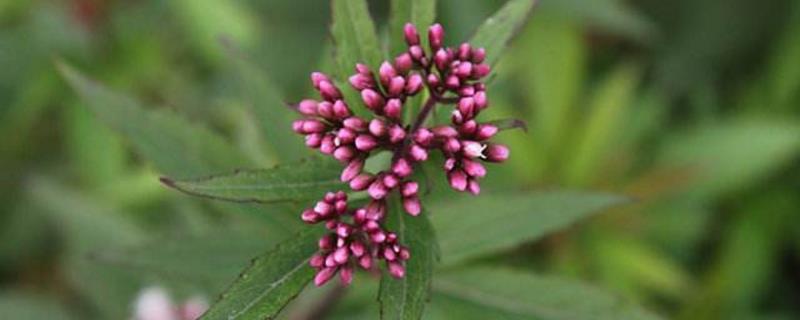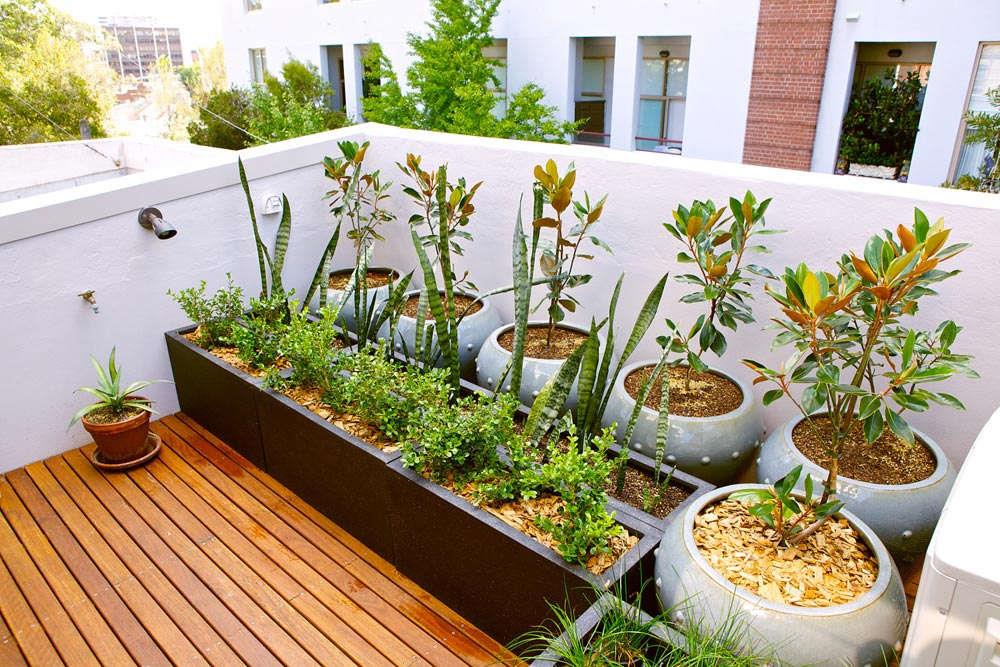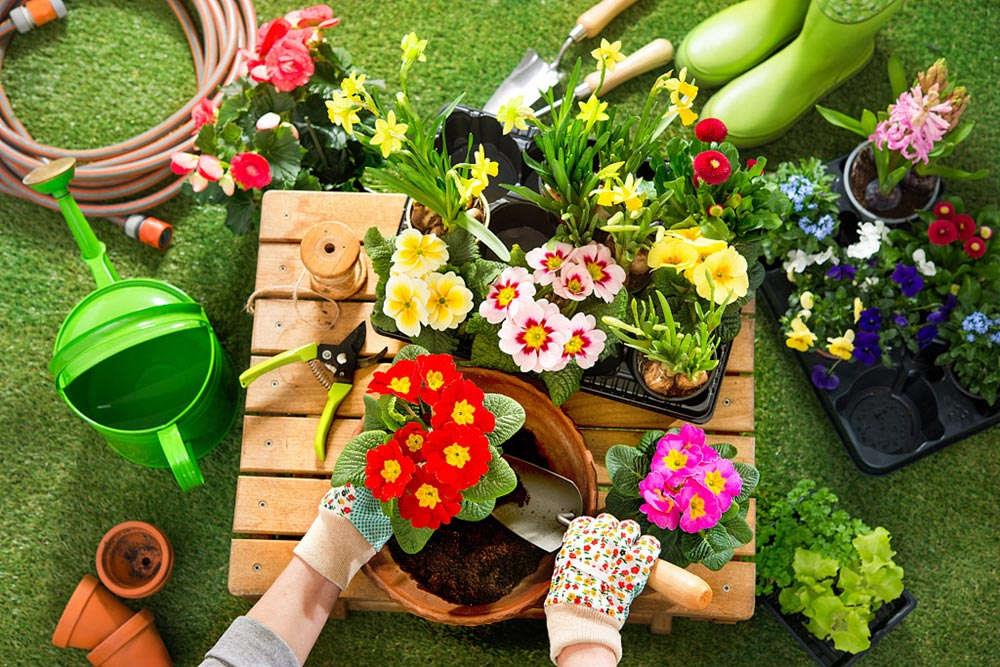Peilan breeding methods and precautions
Last Update :2024.05.07
Article Catalog
3. Problem diagnosis and treatment
Soil: It can grow well in fertile, soft, sandy soil. Do not use saline-alkali soil. Light: It doesn’t like long-term sunlight, so try to place it in a cool place and avoid strong sunlight for a long time. Temperature: A warm environment will make it grow quickly. Try to keep the temperature above 20°C. Flower pots: Porcelain pots with high air permeability and easy drainage are its favorites. Remember to put tiles in the bottom holes of the pots to help with drainage.

1. Maintenance methods
1. Maintenance method
1. Soil: It does not have high soil requirements. It only needs fertile and loose sandy soil. Just be careful not to use saline-alkali soil.

2. Light: It is suitable to grow in places with soft light , so avoid prolonged exposure to light, control the amount of daily light, and pay attention to shading if you put it on the balcony for breeding.
3. Temperature: It likes a warm and humid climate and is very cold-resistant. However, although it is cold-resistant, it will grow very slowly when the temperature is below 19°C. Try to keep it in an environment above 20°C.

4. Flowerpot: It likes high ventilation and drainage. Flower pots have good effect, so porcelain pots are the best choice for Peilan. Be careful to put some broken tiles on the bottom of the basin hole to facilitate ventilation and water penetration.
2. Breeding skills
1. Cultivation: Peilan is generally cultivated using rhizomes and planted from November to April of the next year. Choose a thicker rhizome, cut it into 5 to 10 centimeters in length, bury it in the soil, and seedlings will emerge in half a month.
2. Summer: It is very afraid of sun exposure. In summer, be sure to put it in a cool place and keep the soil moist, because it is very afraid of drought.

3. Problem diagnosis and treatment
1 , Root rot: If the drainage is not timely, it will easily get root rot, which will cause great damage to its rhizomes. The treatment method is also very simple. Pay attention to drainage in time and water it with 5% lime water to the roots.
2. Spider mites: This is a relatively common pest and disease. Spider mites will damage its leaves and reproduce very quickly. They need to be prevented and controlled in time. Just spray them with three-way dicofol.

IV. Other questions
1 . Is it poisonous: Perrin is not poisonous. There is no problem during the maintenance period, but try not to eat it.
2. Can it be given as a gift? It is fragrant when it blooms and has certain ornamental value. It is also one of the famous seven autumn grasses. It is also very meaningful to give it to others.

2. Breeding skills
3. Problem diagnosis and treatment
4. Other issues
- END -
How to grow red-leaf plum blossoms

Soil: Red-leaf plum blossom has strong adaptability to soil, but grows best in fer...
How to distinguish taro from dripping Guanyin

The leaves are different: the leaves of taro are lighter in color, showing light g...